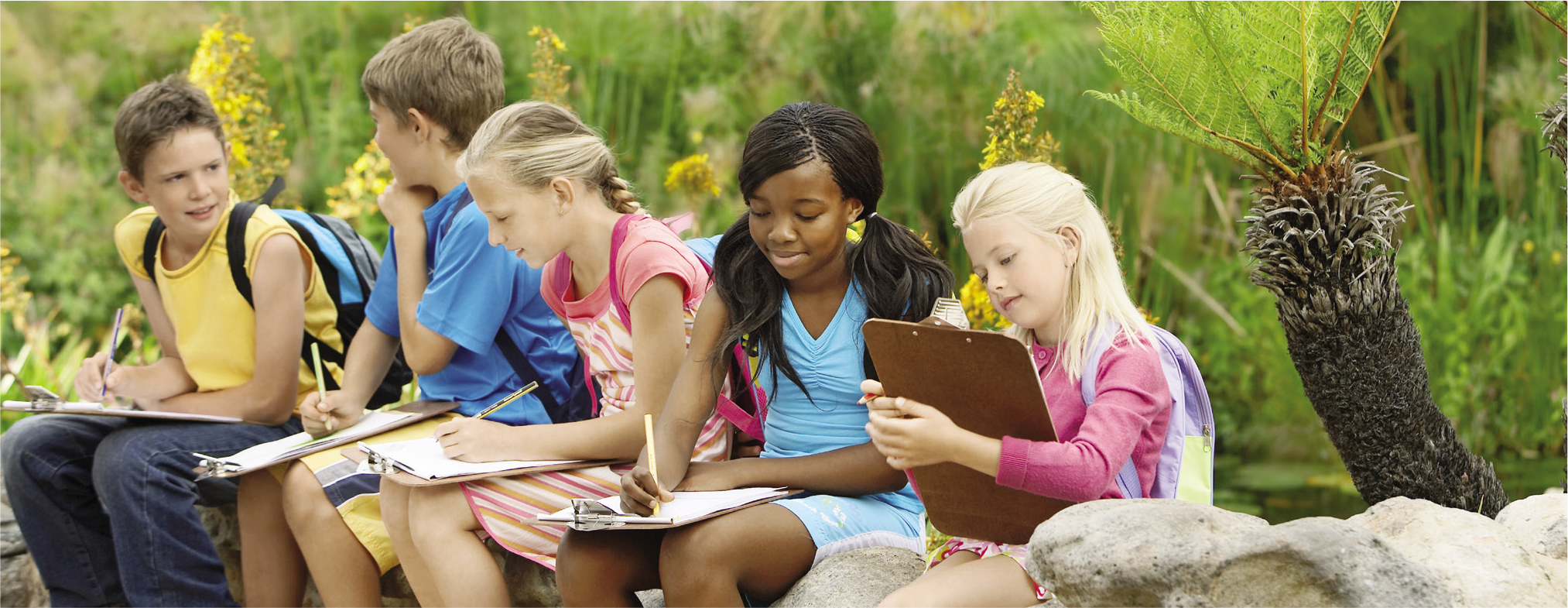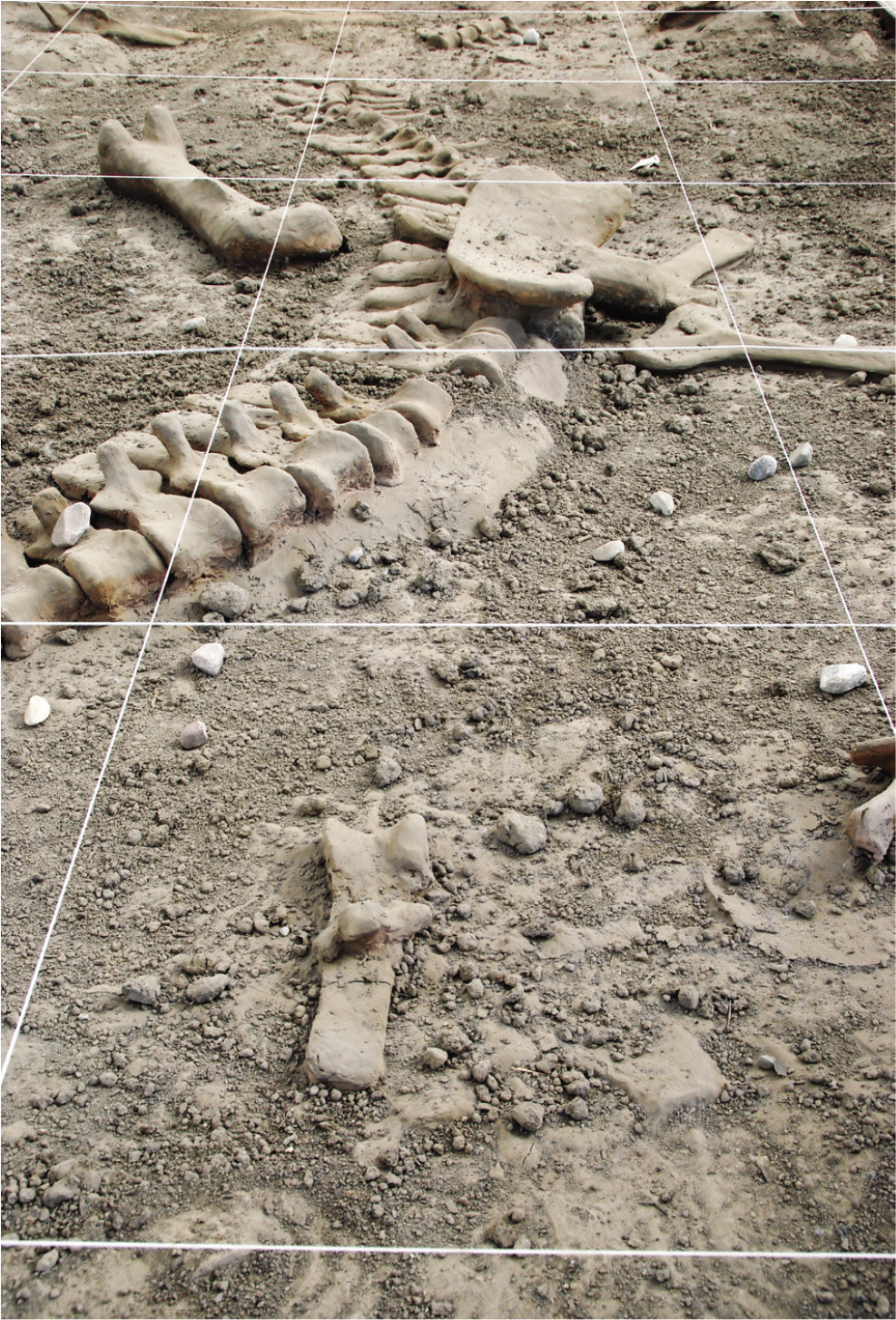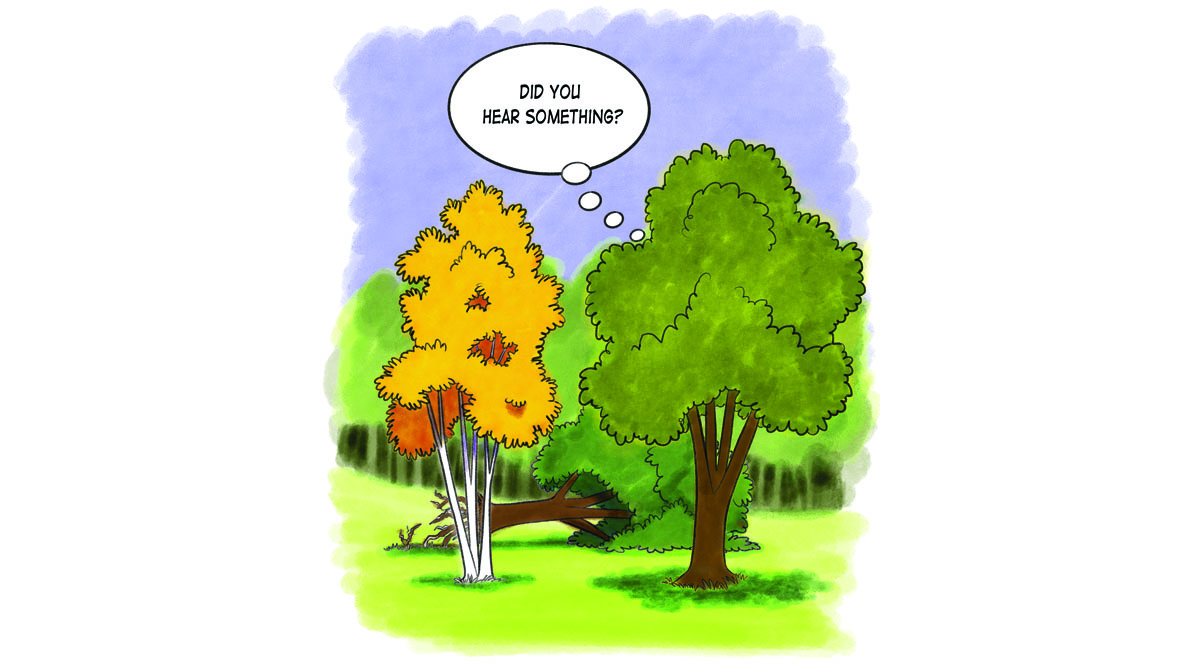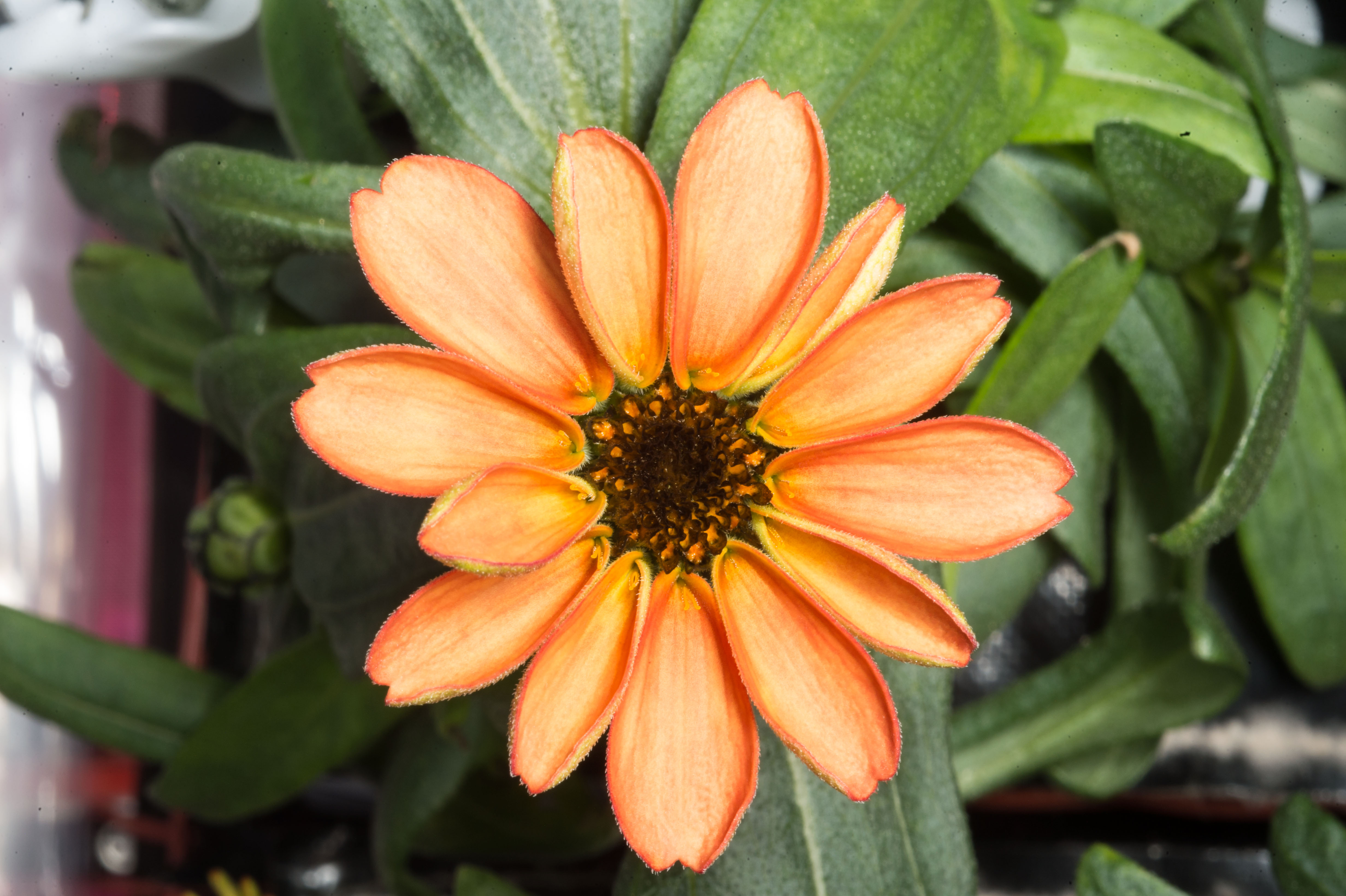Scope on the Skies
Observing Environmental Changes from Earth's Orbit
Observing Environmental Changes from Earth's Orbit
By Bob Riddle
Astronomy throughout the year.
Astronomy throughout the year.
Astronomy throughout the year.
Disequilibrium
Investigating the Resurrection Plant
Investigating the Resurrection Plant
By Todd Hoover
Using discrepant events to confront misconceptions.
Using discrepant events to confront misconceptions.
Using discrepant events to confront misconceptions.
From the Editor's Desk
The Necessity of Teaching Evolution
The Necessity of Teaching Evolution
By Patty McGinnis
Science on a Shoestring
Using Insect Biodiversity to Build Basic Skills
Using Insect Biodiversity to Build Basic Skills
By Anne Schoeffler
Sharing the Wonder of Natural History
Sharing the Wonder of Natural History
By Ashley Campbell, Brigette Whaley

Help students overcome nature-deficit disorder with these outdoor activities.
Help students overcome nature-deficit disorder with these outdoor activities.
Help students overcome nature-deficit disorder with these outdoor activities.
Making Critical Thinking Visible for Student Analysis and Reflection
Using Structured Documentation to Enhance Effective Reasoning and Communication
Making Critical Thinking Visible for Student Analysis and Reflection
By Kirsten R. Butcher, Madlyn Larson, McKenna Lane

Practice critical-thinking skills with this phenomena-centered dinosaur bone activity.
Practice critical-thinking skills with this phenomena-centered dinosaur bone activity.
Practice critical-thinking skills with this phenomena-centered dinosaur bone activity.
Teaching Teachers
STEM and Community Engagement
Providing Preservice Teachers Authentic Experiences Beyond the Classroom
Science and Children—April/May 2019 (Volume 56, Issue 8)
By Amanda Steiner, Jennifer Lemke, Derrick Nero, and Sheryl McGlamery
Science 101
Q: If a tree falls in a forest, and there’s no one around to hear it, does it make a sound?
Engineering Encounters
Animatronic Lions, and Tigers, and Bears Oh! My!
How computational thinking and 3D printing can help students create an animatronic zoo.
Animatronic Lions, and Tigers, and Bears Oh! My!
By Anna Newley, Erdogan Kaya, Ezgi Yesilyurt, and Hasan Deniz
This column describes creating a classroom culture for engineering. This issue shares information about computational thinking and 3D printing.
This column describes creating a classroom culture for engineering. This issue shares information about computational thinking and 3D printing.
This column describes creating a classroom culture for engineering. This issue shares information about computational thinking and 3D printing.
Teaching Through Trade Books




